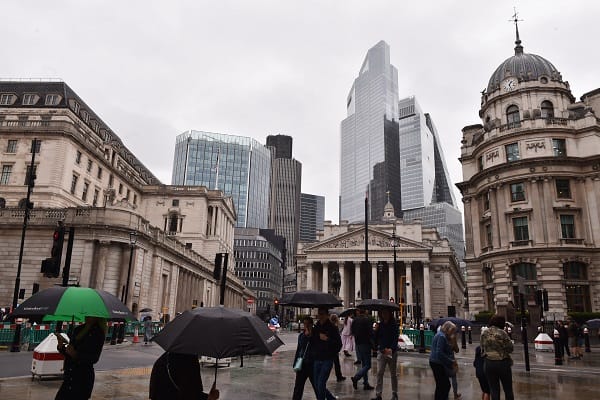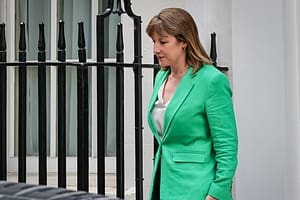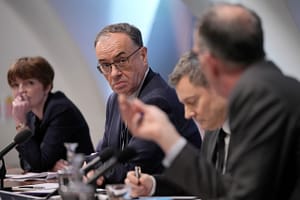The Bank of England has cut interest rates to 4%—its fifth reduction since last August—delivering welcome relief for borrowers, but also sending a stark warning about the health of the UK economy.
Nigel Green, CEO of global financial advisory giant deVere Group, says the move confirms that the Bank is reacting to economic weakness, not strength, and that households should brace for tighter fiscal policy later this year.
“We welcome the cut. Lower borrowing costs are good for many homeowners, business owners and investors.
“However, no one should mistake this for a sign of economic strength,” says Nigel Green. “This is a defensive move from a central bank concerned about stagnation.”
The decision takes UK interest rates to their lowest level since March 2023. But behind the headline is a worrying trend: the UK economy failed to grow in April or May, raising fears of a summer stall just as global headwinds intensify.
“The fact that rates are being cut at a time when inflation has already cooled shows just how worried the Bank is about growth,” he continues.
“They’re not stimulating a boom. They’re trying to stop a slide.”
The Office for National Statistics will publish second-quarter GDP figures next week, but early signals aren’t encouraging. The economy expanded just 0.7% in Q1—and if growth came in flat again or worse from April to June, it will put the UK on the brink of technical recession.
Today’s cut is reported to save the average borrower with a £250,000 variable rate mortgage around £40 a month. But savers will feel the squeeze, with deposit rates already falling and expected to dip further from an average 3.9% last August to around 3.5% now.
“This is yet another blow for savers, especially those who rely on interest income. But it’s also a clear signal from the Bank that underlying demand in the economy is too weak to sustain higher rates,” says Green.
The Bank of England also released new forecasts alongside the rate decision, including a downgrade in growth expectations and warnings of persistent slack in the economy.
That slack, particularly in consumer spending, could soon become a headache for the government.
“There’s now a yawning gap opening between what the economy needs and what the public finances can support,” Nigel Green explains.
“If growth doesn’t rebound fast, the Chancellor is going to have to act. This is why we’re expecting tax hikes to be central to the Autumn Budget.”
In recent months, government borrowing has risen faster than forecast, while key revenue lines—such as VAT and income tax—are softening due to slower consumer activity and stagnant wages. With the UK debt-to-GDP ratio hovering near 100% and debt servicing costs still elevated, pressure is building.
“Markets are already starting to price in more fiscal tightening. The bond market understands the bind the government is in,” notes the deVere CEO.
He believes this rate cut only strengthens the argument that higher taxes are coming.
“By easing monetary policy, the Bank has effectively handed the baton to the Treasury. If they want to support spending without driving up inflation, they’re going to need to raise revenue from somewhere,” he adds.
Nigel Green also points out that the pace of cuts will likely slow from here.
“The Bank has moved aggressively over the past year, but they can’t cut forever. Inflation has come down, yes, but wage pressures remain, and rate cuts alone won’t revive investment if confidence is missing. This is why this move feels more like a warning than a lifeline.”
In the coming weeks, attention will turn to whether the Bank cuts again before year-end—and what the Chancellor announces in the Autumn Budget.
“We’re entering a phase where monetary policy is less effective, and fiscal choices will define the next chapter,” concludes Nigel Green.
“Investors, households and businesses should all be preparing for a tougher environment—one where tax rises become the price of economic support.”
Get real time update about this post category directly on your device, subscribe now.






Leave a Comment